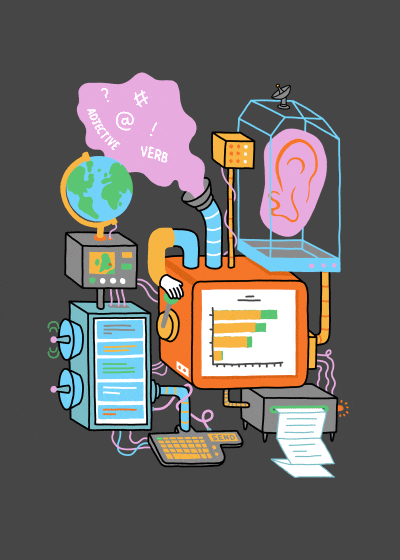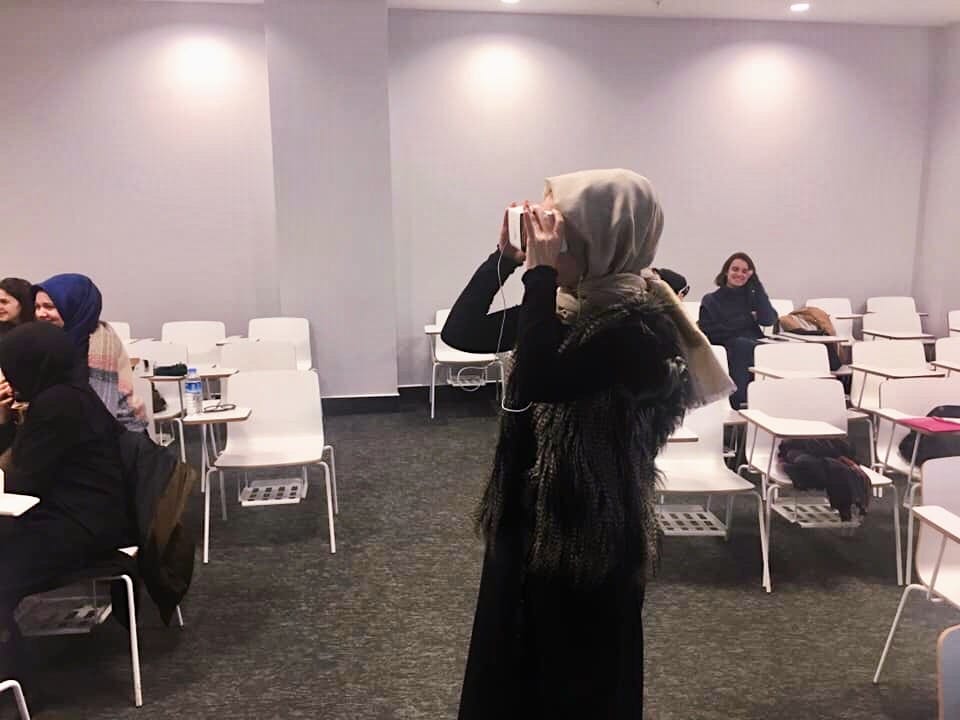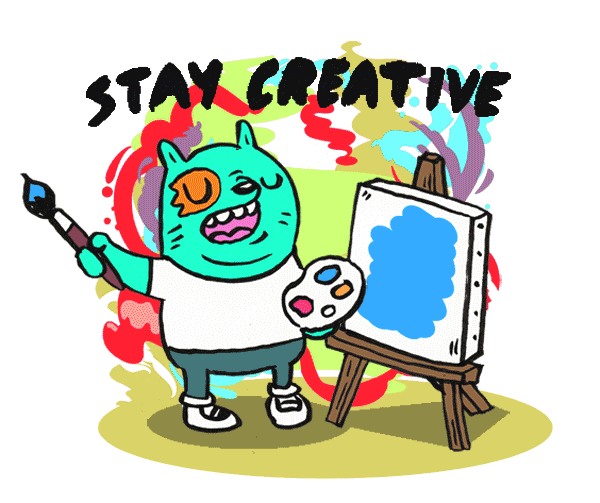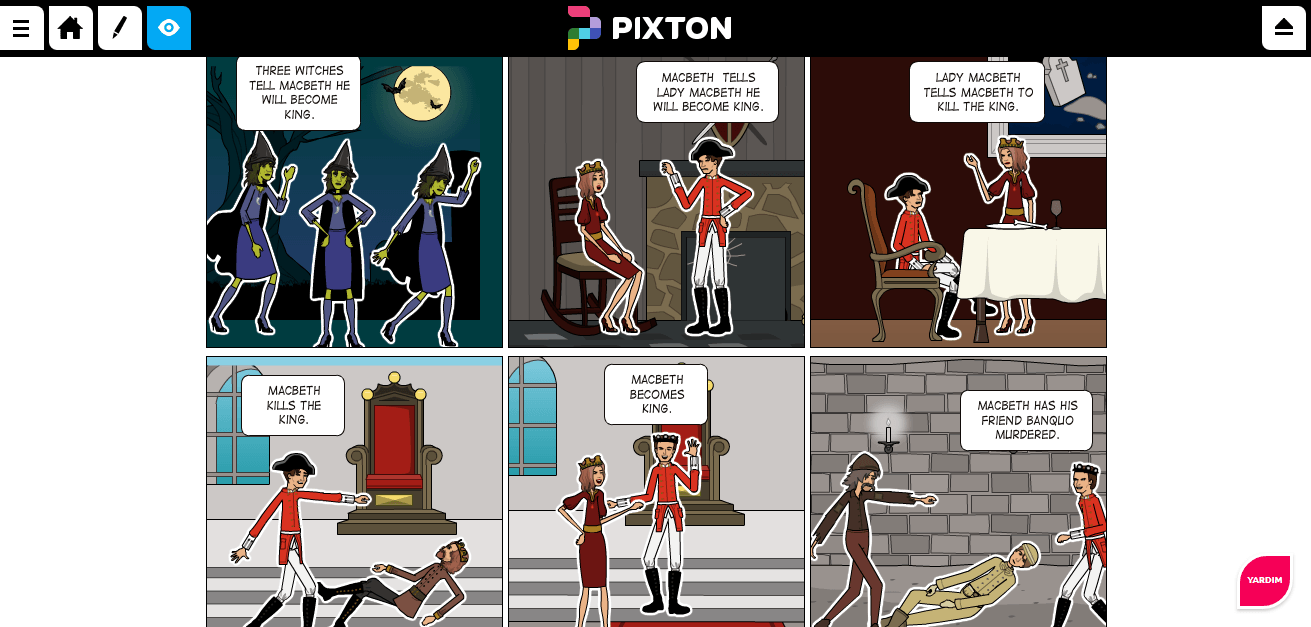The Summary of Discussion Sessions on Distance Language Teaching, Sense of Presence, Fake and Real Engagement, and Flipped Learning
As people are follow up on the rapid advancement in the various areas education also has evolvement, and technology integration and online education become vital rather than an option. In this regard, I and my friend read some articles which are ”
Distance Language Teaching with Technology, Creating a Sense of Presence in Online Teaching, Fake and Real Engagement, Computer Assisted Language Learning and flipped language classrooms and its’ theoretical foundations, learning activities, and tools and we discussed these articles in an online learning tool ”zoom”. In our discussion sessions, we tried to answer what is distance language teaching, how to create a sense of presence in online teaching, how to understand fake and real engagement, and what is flipped learning. Additionally, we talked about their advantages, disadvantages, and their challenges for both teachers and students.
At the first discussion session, we talked about the rapid advancement in various areas, in technology, and education brings more contemporary approaches in distance language teaching. Moreover, we talked about the evolution of distance language teaching from print-based courses to educational tv and radio broadcast, and then to computer technologies, and lastly interactive multimedia, Web 2.0 tools. Actually, we are all witness to this evolution, for example, I remember the books with CD when I was at high school but now, I look at my nephew’s English books they are with Qr code he can scan the code anywhere with any android phone or tablet, and reach the relevant content. Additionally, we talked about the advantages of technology-mediated distance language teaching; such as freeing students, removing limitations, and providing a more collaborative learning environment to students. Moreover, it brings opportunities to communicate and interact in the target language.
brings more contemporary approaches in distance language teaching. Moreover, we talked about the evolution of distance language teaching from print-based courses to educational tv and radio broadcast, and then to computer technologies, and lastly interactive multimedia, Web 2.0 tools. Actually, we are all witness to this evolution, for example, I remember the books with CD when I was at high school but now, I look at my nephew’s English books they are with Qr code he can scan the code anywhere with any android phone or tablet, and reach the relevant content. Additionally, we talked about the advantages of technology-mediated distance language teaching; such as freeing students, removing limitations, and providing a more collaborative learning environment to students. Moreover, it brings opportunities to communicate and interact in the target language.
In the second discussion session, we talked about the sense of presence in online teaching. At the beginning of the discussion we talked about the given scenarios which were about Amanda and Carlos and we asked ourselves what would we think if we are in the same situation with Amanda and Carlos? I assumed myself in the same situation as Carlos, who is a twenty-seven-year veteran instructor in communication courses. And then he offered to do his communication courses online. I asked too many questions myself such as How to interact with learners? How to engage learners in the course? How to provide learner interaction among learners? How to implement group work or teamwork? because it’s a communication course and what I have is the only computer, and communication courses should be based on interaction, pair work, group work, team projects I mean mostly active interaction, and discussion. How can it be possible to provide these all in an online class? And then I and my pair found the answer in the article, which was becoming aware of the differences between in-real and online interaction and understanding the concept of presence in online learning can help to select appropriate technology and design in the online learning to overcome these questions. And then we tried to understand the concept of presence which is telepresence -the sense of “ being there ”- (impressions and feelings from learners’ environment), and social presence -the sense of “ being together with others-, (interaction in the online environment). Moreover, we discussed the different perspectives of presence which are social (seeing others as real people in the online environment), psychological (focus on the learning rather than technology), and emotional presence (the ability to interact in the online environment). And at the end, we decided that understanding these aspects of presence gives learners a feeling of connecting and belonging to a community, and makes learners feel they are together in the same place, and helps learners to interact with each other in an authentic way. And we realized that this is what our open and distance learning lecturer trying to achieve in our class because he invites us to be there and together and involve us in the process by giving feedback and by interacting with each other and with him.
 And the next discussion week the topic was Fake or Real Engagement. Firstly, we talked about what is engagement, and its importance in language classes, what is fake engagement, and how can we discriminate between fake and real engagement. And we explained engagement as students’ active participation in the lesson, talking, asking questions, and answering what is asked to students. When it comes to fake engagement, we explained it as students’ pretending as they are listening or focusing on the lesson when they are not. We mainly focused on how we can understand students’ fake engagement. Because language learning requires communication, active engagement, thinking, reflection, and contribution. And we talked about how students faked their engagement; they generally fake their engagement with physical actions such as eye movement, gesture, and posture, for example, they can use ”thinking pose” as like they are on task and focusing on what the teacher talking about when actually they are not. Or they can fake their engagement with work-related actions such as they can draw something on their book as they are taking notes when they are not taking notes. But in language classes, fake engagement is a problem and teachers need to provide solutions for this problem. Therefore, we thought that we can use comprehension check questions such as we can ask relevant questions about the topic that we are in rather than asking ”do you understand? ” or rather than ask ”are you listening?” we can ask ”where we were?”. Additionally, we thought that in order to prevent fake engagement and provide real engagement we can motivate and encourage students to interact and ask questions.
And the next discussion week the topic was Fake or Real Engagement. Firstly, we talked about what is engagement, and its importance in language classes, what is fake engagement, and how can we discriminate between fake and real engagement. And we explained engagement as students’ active participation in the lesson, talking, asking questions, and answering what is asked to students. When it comes to fake engagement, we explained it as students’ pretending as they are listening or focusing on the lesson when they are not. We mainly focused on how we can understand students’ fake engagement. Because language learning requires communication, active engagement, thinking, reflection, and contribution. And we talked about how students faked their engagement; they generally fake their engagement with physical actions such as eye movement, gesture, and posture, for example, they can use ”thinking pose” as like they are on task and focusing on what the teacher talking about when actually they are not. Or they can fake their engagement with work-related actions such as they can draw something on their book as they are taking notes when they are not taking notes. But in language classes, fake engagement is a problem and teachers need to provide solutions for this problem. Therefore, we thought that we can use comprehension check questions such as we can ask relevant questions about the topic that we are in rather than asking ”do you understand? ” or rather than ask ”are you listening?” we can ask ”where we were?”. Additionally, we thought that in order to prevent fake engagement and provide real engagement we can motivate and encourage students to interact and ask questions.
And the last discussion session the topic was flipped learning. Firstly, we explained flipped learning as a pedagogical approach that changes the role of activities from the traditional classroom to generally before classroom activities by giving instructional content to students before class. And then we talked about the technological tools that flipped learning integrates the learning such as Kahoot, Quizlet, Hot potatoes, Padlet, Google Docs., PowToon, and online discussion tools. Moreover, we discussed if the teachers’ and students’ roles changing with flipped learning. And we agreed in flipped learning the role of teacher and students changed, teachers’ roles became guiding students, motivating them, and giving feedback rather than giving excessive speech during the lesson. And students’ roles became more interactive rather than passively listen to the teacher. And at the end, we talked although flipped learning has some challenges for both teacher and students such as for teachers it requires extra time to prepare pre-class activities, and for students, it may be a little bit difficult to follow pre-class activities. It takes time outside of the class both for teachers and students. But it is evident that flipped approach in the language classroom has positive effects on students’ engagement and motivation, increases learners’ academic performance, supports learners’ autonomy and self-regulation also develops learners’ critical thinking, and makes the learner more confident.
To sum up, in our discussion sessions we tried to answer what is distance language teaching, how to create a sense of presence in online teaching, how to understand fake and real engagement, and what is flipped learning. Additionally, we talked about their advantages, disadvantages, and their challenges for both teachers and students. And we agreed that technology and new learning methods acceptance is important both for teachers and learners due to rapid advancement in the various areas.
References
Chapelle, C. A., & Sauro, S. (2019). The handbook of technology and second language teaching and learning. John Wiley & Sons.
Hiver, P., Al-Hoorie, A. H., & Mercer, S. (2020). Student engagement in the language classroom. Multilingual Matters.
Lehman, R. M., & Conceição, S. C. (2010). Creating a sense of presence in online teaching: How to “Be there” for distance learners. John Wiley & Sons.
A systematic review of research on flipped language classrooms: Theoretical foundations, learning activities, tools, research topics, and findings. (2020, November 13). Taylor & Francis.























 Classroom learning as we know it is undergoing change at an unprecedented rate. Technology has made its way to the classroom, increasing the engaging and interactive elements that many students are benefitting from. Students today are already familiar with various technologies, which is computerized tools and apps make sense in a classroom setting. Augmented reality is seeing more prominent utilization in the classroom and educational settings. The format and even the location of the learning process could be transformed through AR in the years to come.
Classroom learning as we know it is undergoing change at an unprecedented rate. Technology has made its way to the classroom, increasing the engaging and interactive elements that many students are benefitting from. Students today are already familiar with various technologies, which is computerized tools and apps make sense in a classroom setting. Augmented reality is seeing more prominent utilization in the classroom and educational settings. The format and even the location of the learning process could be transformed through AR in the years to come.






 Pixton is a website that allows teachers and students to construct their own comic strips. There are a variety of comic strip layouts, numerous character and background choices, and a ton of creative options This is a great learner-centered tool that allows students to construct their own knowledge and display it in a way that is meaningful to them by allowing them to create comics representing their concepts and ideas.
Pixton is a website that allows teachers and students to construct their own comic strips. There are a variety of comic strip layouts, numerous character and background choices, and a ton of creative options This is a great learner-centered tool that allows students to construct their own knowledge and display it in a way that is meaningful to them by allowing them to create comics representing their concepts and ideas.




